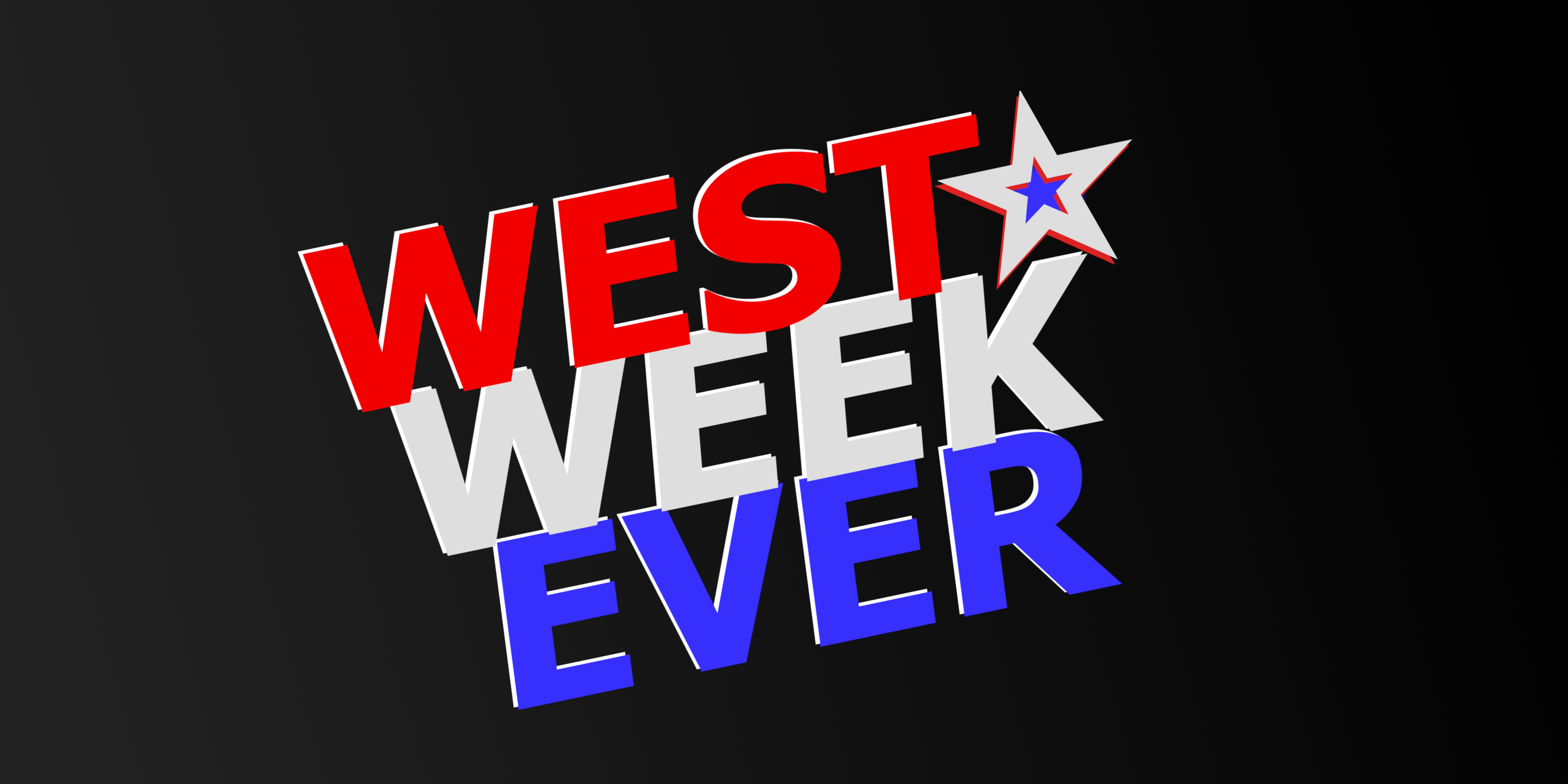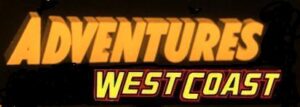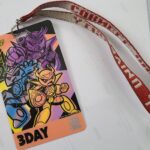Oh…where to start with this book? Normally, I use this column as an excuse to get snarky, but this is the rare occasion where I can actually “talk shop”. You see, How I Made It To Eighteen is reminiscent of the kind of submissions that started coming in near the tail end of my time at Diamond. For those of you just tuning in, I used to be a brand manager for Diamond Comic Distributors – the largest comic book distributor in North America. Basically, my department decided which books ended up in comic shops. Well, let me rephrase that: my department decided which non-DC, Marvel, Image or Dark Horse comics ended up in shops; based on their contracts, those publishers can put out whatever the Hell they want. So, basically, I was assigned to what’s known as “the small press”. I worked with sizable publishers, like Fantagraphics, IDW Publishing and Oni Press, but I also worked with a lot of one-man shops. It wasn’t a very “happy” job, as I was constantly crushing someone’s dream. These people had wanted to create comics all their lives, and here I was telling them that they weren’t good enough for widespread exposure. Who was I to judge them, ya know? It’s just that over time, you start to see a pattern in what sells. A lot of the time, these comic hopefuls had great ideas, but just didn’t have a good marketing plan worked out. They felt that just getting into the Previews catalog would be enough publicity, as it would get them in front of the eyes of the country’s comic retailers. Sadly, a Previews blurb is NEVER enough. If they had just taken more time plotting their attack, they might’ve had a better shot on the stands. In other cases, the book just wasn’t what we felt would move in the “direct market” comprised of comic shops. How I Made It To Eighteen would fall into the latter category.
How I Made It To Eighteen, by Tracy White, is a semi-autobiographical tale about “one girl’s struggle with depression and addiction.” I got that from the cover blurb. Before we tackle that, let’s back up for a minute. Prior to reading this book, I had no frame of reference for the writer. According to Ms. White’s included biography, she’s been making webcomics since 1996. While that’s an impressive length of time (this book was published in 2010), it could be argued that the audience for webcomics and that of published comics are two different animals. Not everyone can crank out a PvP or a Penny Arcade, so you often find that people follow webcomics because they’re free, but wouldn’t spend their hard-earned cash on a print collection of them.
One thing the book had going for it was the fact that it came from a book publisher and not a comic publisher. Roaring Book Press doesn’t really have much of a track record in the comic industry, but as an imprint of Macmillan, it has some clout in the “real book” world. Had this been submitted by a first-time creator, who was storing inventory in her garage, it probably never would’ve made it into stores. Diamond’s primary focus is on the +3500 comic specialty shops in the US, and this wouldn’t have appealed to many of those accounts. A book like How I Made It To Eighteen isn’t going to make waves in most comic shops, but it’ll do alright in a Borders, which is what I think to myself every time I see a copy of it on the shelf as I’m looking for the latest volume of Jack of Fables.
Ignoring the subject matter of the book, the art is the main reason that How I Made It To Eighteen wouldn’t appeal to your “typical comic shop”. This is a little known secret, but we rarely read the books that were submitted. There were just too many of them. If the art was good, the book could sell. If it was bad, the book couldn’t. However, in the rare case that the art was mediocre, that’s when we’d read it so that we could see if the writing tipped the scales in the book’s favor. Otherwise, you’re left to sink or swim based on your art. After all, comics are a visual medium – if it doesn’t look good, maybe it should be prose. To look at the art in this book, it’s clear that it came from a webcomic background. It’s rough and rushed – fine if you’re trying to keep some sort of consistent online schedule, but nowhere near polished enough if you want people to pay. Then again, what is “art”? It’s all subjective, so maybe it’s not my cup of tea, but it may appeal to someone else. With that in mind, let’s talk about the story itself.
How I Made It To Eighteen is somewhat based on the author’s life, though events and names have been changed to protect other people. The main character, Stacy Black, is a recent high school graduate who has found herself at a crossroads. She doesn’t want to go to college, but she doesn’t exactly have a plan for her life. She’s obsessed with her emotionally unavailable, yet controlling, boyfriend, and she has a strained relationship with her mother. Through a series of events, she finds herself checked into Golden Meadows Hospital, and the book follows her struggles with depression, addiction, and eating disorders. Now, let me say that I get the draw of this premise: on paper, this should be a great book to share with young women who might be going through similar circumstances. By no means do I wish to belittle Ms. White’s experiences, and many young women might be able to relate to her struggle. It’s for these same reasons, however, that I feel the book is a letdown. Considering the heft of the subject matter, it might be unrealistic to expect everything to be neatly wrapped up in a little bow by the end. That said, I did expect to get more out of the book than I got. The book doesn’t indicate that it’s a part of a series, but it feels incomplete – almost as if the entire story isn’t presented here. If this had been a documentary, we would’ve just been forced to digest the information that was captured, and we’d have the understanding that the footage was edited the best it could be, given what was available. Here, however, the author is in control of the narrative, but it doesn’t feel as if she realized it. The book travels at a somewhat slow pace, but it feels like the ending was thrown together in order to satisfy a deadline. Has the character of Stacy made any progress by this point? Yes, but the reader isn’t given enough information from which to draw any conclusions. I guess the editor felt the same way, as the book ends with a tacked on epilogue page, which has as much substance as those movie end credits that flash a character and say “Bobby went off to ‘Nam. He never came home.”
This is the kind of book that comic snobs LOVE, as it shows you can do more with the comic medium than just feature capes and boobs. Well, you can use comics to tell autobiographical tales, but the successful ones are a lot better than this. The book has promise, but it doesn’t stick the landing. I can forgive the art, as its minimal, rough look doesn’t mar the narrative in any way. What I can’t forgive is the fact that it just doesn’t seem like it was mapped out before it was put on the page. As I said before, a lot of small press books fail because the creators don’t seem to be thinking long-term. Ms White might be skilled in the webcomic format, but I’m not sold on her printed work.





